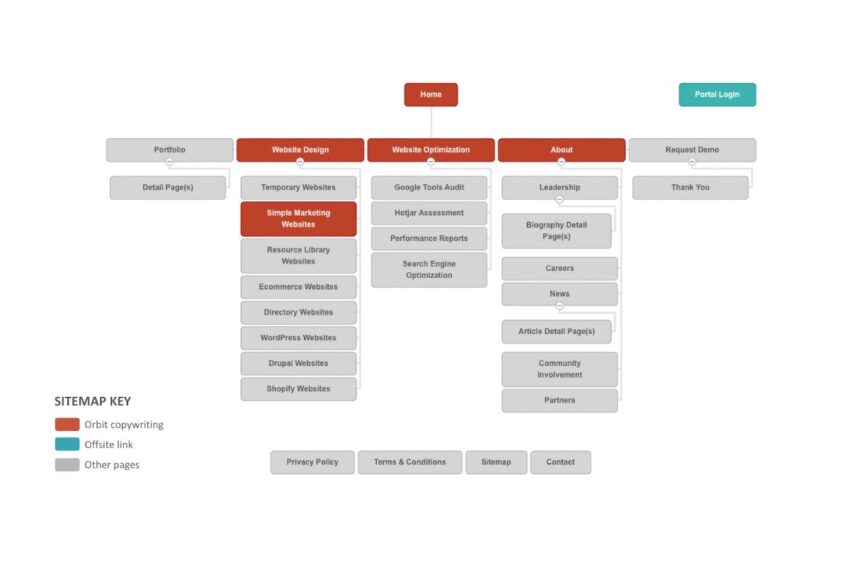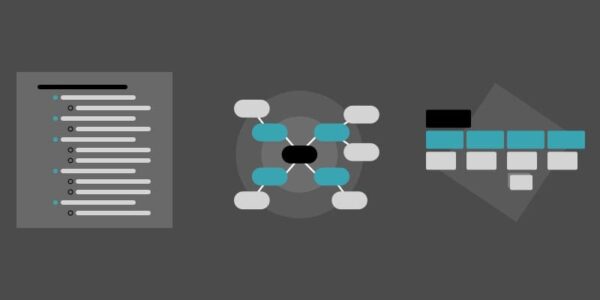Descriptive Navigation Labels
“What we do” doesn’t actually say what you do. Neither does “Products,” “Services” or “Solutions.” Descriptive navigation that uses keyphrases is better for two reasons: rankings/traffic (SEO) and usability/conversions (UX).
For example, if you’re a bank, consider using descriptive keyphrases like “Checking Accounts” or “Home Mortgages” instead of generic labels.
This helps both search engines and visitors quickly understand and find the specific content they need.






